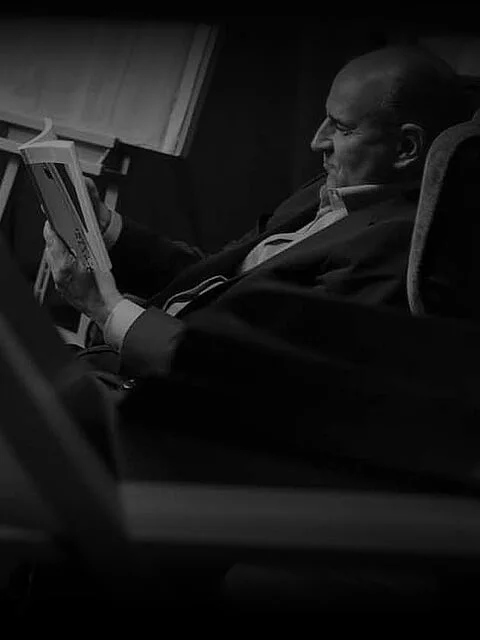Overview: Leaders often engage in derailing behaviors that sabotage their leadership without realizing it. Leadership coaching can help leaders uncover blind spots and weaknesses like the proclivity to assume too much risk, the fear to embrace change, and the refusal to accept help. Executive coaching can also help address such behaviors.
Leading people effectively is challenging. Leadership coaching understands great leadership entails solving a fundamental quandary. Leaders must wield power, yet power creates distance. Leaders must find ways to bridge this distance, thus empowering, inspiring, and motivating those on the other side of the divide.
Leadership is a complex exercise, and it can derail in many ways. Leaders find themselves engaging in behaviors and developing habits that sabotage their effectiveness. Often, they don’t realize what barriers keep them from becoming great leaders.
Here are the leadership behaviors and habits that prevent leaders from succeeding and some of the justifications that accompany them.
1. Being a Know-It-All and Refusing Help
Leaders who believe they always have the best answers don’t need followers. They need slaves and drones who mindlessly execute their orders. This authoritarian style of leadership has proven ineffective in countless circumstances.
The wisdom of the masses almost always trumps the wisdom of the individual. Leaders who think they have all the answers foolishly choose to forego this precious resource.
Intelligent leaders know they can’t possibly be experts in everything. They often need help from others, and they’re not afraid to ask for assistance.
2. Reacting Instead of Responding
When we react to something, we let nature take its course. Reactions are instinctual and emotional, and they seldom result in optimal outcomes.
A self-aware person in control of his or her emotions and capable of critical thinking foregoes reacting in favor of responding. Responses require deliberation, thinking, analysis, and the involvement of others in decision-making.
Emotional leaders are not emotionally intelligent. They are erratic, unpredictable, and difficult to handle for reports and peers.
3. Confusing Leadership with Gambling
Taking risks is part of successful leadership. Good leaders take calculated risks, ensuring what they stand to gain is proportional to what they stake.
This aspect of leadership can be the downfall of leaders with gambling proclivities. It is easy to get caught up in risky behaviors and decisions, as leaders can justify taking risks in many ways.
“Nothing ventured, nothing gained,” they might say, or “It’s worth going out on a limb as that’s where the fruit is.”
A leader’s job is not to entrust the future to blind luck. Intelligent leaders weigh risks carefully, analyze situations, account for the possibility of failure, and take measures to limit the fallout resulting from failures.
4. Fearing Change
We all fear change to some degree; we all have our comfort zones. We call them this because they make us feel comfortable. Leaders must be the advocates of change in their organizations, however. They can’t afford to get too cozy in their comfort zones and avoid change.
Getting rid of the tools of the past to embrace those of the future is a difficult exercise requiring courage, but leadership coaching can help. Leaders who can’t succeed on their own can resort to executive coaches to help them figure out the pressures of this responsibility and avoid stilted leadership.
5. The Inability to Handle Failure
For a mature leader, failures are steppingstones to success. When intelligent leaders fail, they draw conclusions and learn lessons.

Immature leaders experience failures as catastrophes. They dwell on negative aspects of failures and miss the silver lining entirely. Every mistake and failure carry opportunities for growth.
How Leaders Can Overcome Their Barriers
To address their bad habits and behaviors, leaders should focus on identifying their derailing tendencies.
- Requesting feedback from stakeholders. Requesting feedback from employees and peers is the most straightforward way to identify leadership gaps. It is also the least effective, as people are often reluctant to provide honest feedback.
- Relying on executive coaching. An executive coach can help leaders discover their shortcomings and work to eliminate blind spots and derailing behaviors.
Leaders fail to identify their derailing behaviors because they’re in denial about their existence. Leaders who accept that there are problems with how they lead are closer to overcoming their barriers to greatness.


